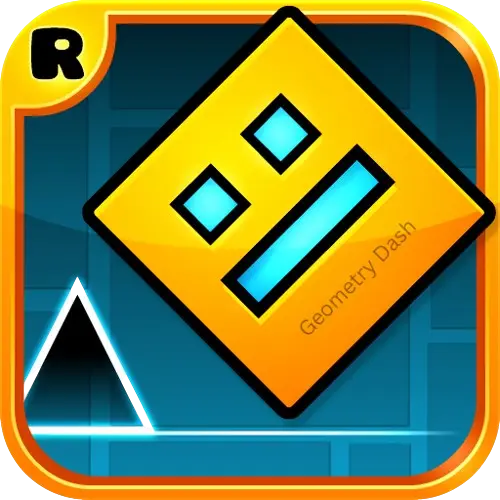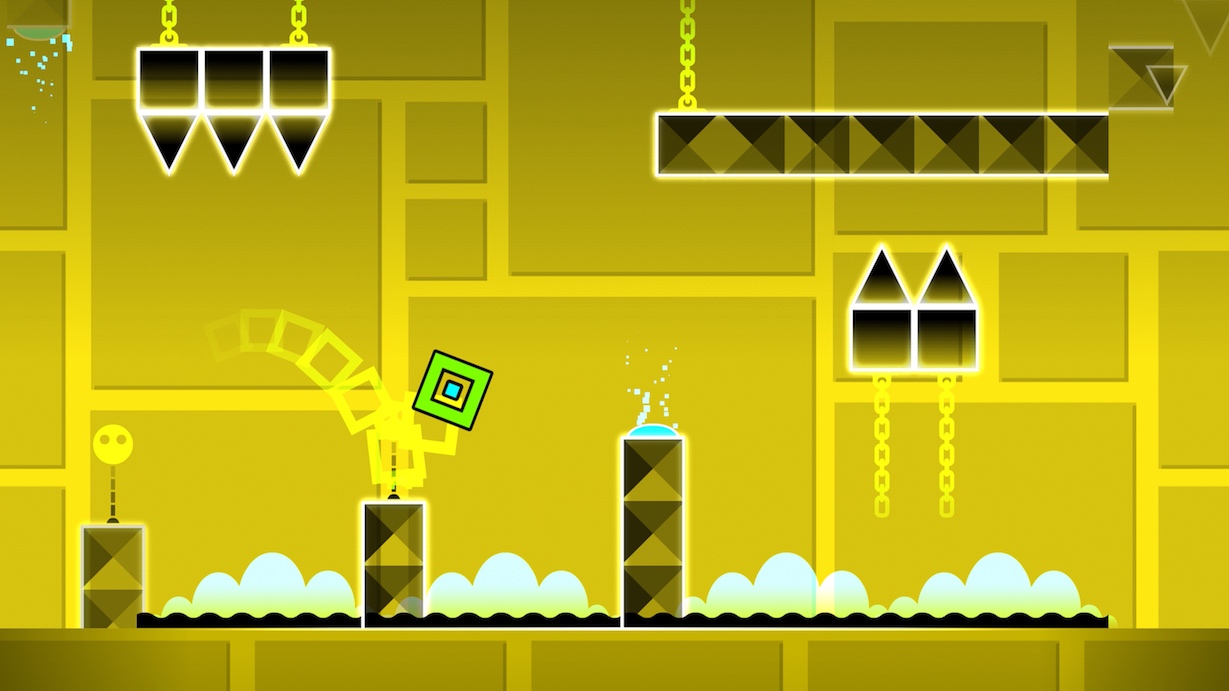

Geometry Dash is an exhilarating game loved by players of all ages. What makes it so addictive and fun? It’s not just the challenging obstacles or the quick reflexes required, but the core of its appeal lies in the level design. Great level design keeps players engaged, balancing the thrill of challenges with rewarding progression. In this blog, we’re going to uncover some of the secrets behind creating amazing Geometry Dash levels, and why they continue to captivate players worldwide.

At its heart, Geometry Dash offers simple gameplay: jump and avoid obstacles. But the real magic comes from the level design. Every successful level balances a few critical factors—timing, difficulty, rhythm, and flow. The challenge lies in keeping the player on their toes while making sure they’re not overwhelmed.
One of the most important aspects is the level editor, a powerful tool that lets creators design custom levels. This editor makes it easy to experiment with obstacles, traps, and visual styles, but also requires creativity to make sure the level doesn’t frustrate the player. A well-designed level will give players a sense of accomplishment, no matter how difficult it may seem at first.
The key to a great Geometry Dash level is how the obstacles sync with the music. The music sets the pace, and the timing of jumps and obstacles needs to flow with it. Levels that follow the beat of the music tend to engage players much more than random obstacle placement.
A great example is “Stereo Madness,” where every obstacle perfectly matches the rhythm of the background music. The feeling of timing your jumps with the beats creates an immersive experience that keeps players coming back.
A key factor in level design is obstacle placement. Too many obstacles can make a level frustrating, while too few might make it boring. The trick is to create a challenge that is fun and achievable, with each obstacle placed to test the player’s skills without overwhelming them.
For tips on Beating Hard Levels, learn how to recognize when a level is getting too difficult and how to adjust the design for better balance.
It’s not just about gameplay; visuals are equally important. The colors, patterns, and animations used in a level can create a much more engaging experience. Using contrasting colors, smooth transitions, and well-timed animations will keep players visually engaged. A level that feels visually cohesive and exciting will naturally be more enjoyable.
One of the most critical aspects of level design is scaling the difficulty. Starting with an easy section that gradually increases in difficulty helps players stay engaged. If the difficulty spikes too quickly, they may quit the level, but if it remains too easy, they may lose interest.
Flow is all about the transitions between different sections of the level. A smooth flow of obstacles, jumps, and changes in scenery makes a level feel seamless. If you can keep players feeling like they’re constantly in motion, with obstacles flowing naturally, you’ll have a level that feels polished and well-designed.
Level creators should pay close attention to player feedback. After a level is released, watching how players interact with it helps refine and improve the design. Sometimes a small change in the timing or the placement of an obstacle can drastically improve the experience.
Music isn’t just background noise in Geometry Dash; it plays a crucial role in setting the rhythm of the level. The beats of the music directly influence the timing of obstacles, making the game feel more like a rhythmic dance. Players often describe the game as “satisfying” when the beat syncs perfectly with their jumps and actions.
It’s no secret that rhythm is at the heart of Geometry Dash, and the perfect match between the music and the obstacles is a major reason why players keep returning to the game. The more immersive the music feels in sync with the gameplay, the more engaged players will be.
One of the most common mistakes new level designers make is making their levels too complicated. It’s easy to think that adding more obstacles will make a level more challenging, but that can often lead to frustration. Keeping the level challenging yet fun is the key.
Another mistake is using too many clashing visual elements. A good level has a consistent theme, whether it’s bright neon colors or dark, moody tones. Having too many visual styles can make the level feel jarring rather than immersive.
Some levels can be too easy, while others might be too difficult. Finding the right balance is key, and it’s important to consider a range of skill levels when designing a level. Creating levels that are suitable for different skill sets helps grow the player base.
Mastering level design in Geometry Dash takes time and practice. The best levels are those that balance rhythm, obstacle placement, difficulty, and aesthetics.
If you can create levels that flow well, sync with the music, and provide a fun challenge, you’ll have a level that players will enjoy.
Level design is an art, and with the tips provided here, you’ll be well on your way to creating great Geometry Dash levels. Take your time, experiment, and most importantly, have fun with it!